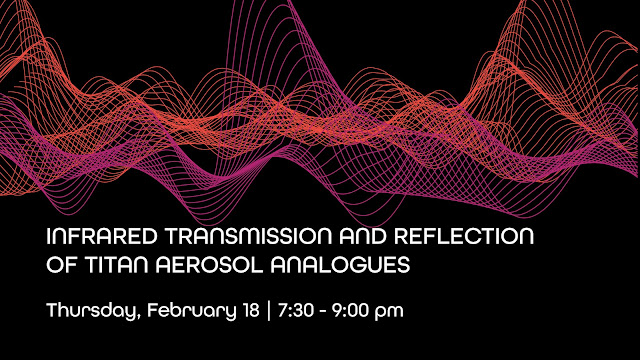We are now entering the second month of 2021 and the winter constellations are brightening the dark cold of the season. On February 4 the Moon will be at its last quarter and shine brightly in the early morning hours before the Sun rises.
I'd like to take a minute and talk about my favourite winter constellations. First of all I would like to revisit the definition of a constellation. It is a region of sky set by specific boundaries much like countries on Earth. It is not specifically the pattern of the stars which is called an asterism.
I enjoy turning my telescope and eyes to Taurus. This pattern of stars has, since before the end of the last ice age, been known as a representation of the Bull. I enjoy seeing the Hyades Star Cluster around the bright red star Aldebaran. A loose formation of stars with interesting patterns you can see with the unaided eye and binoculars. The Pleiades star cluster can be found in the northern reaches of the constellation and may appear as a blur of light with averted vision. If you look closely with direct vision you may be able to count 6 or more stars! Through a pair of binoculars or a wide field telescope you can see many more stars and perhaps even a hint of nebulosity. Also, just above the southern most 'horn-star', Tianguan, is the Crab Nebula. It is much smaller than you would imagine based on the images but, with a telescope, intermediate users can find this small blur of light. This 'small blur of light' is actually a supernova remnant leftover from a star that went supernova in 1054.
 |
| Taurus |
Another favourite constellation of the winter sky is Orion. A very large region of space with the asterism of a hunter located within. The three belt stars of the asterism are well known and many people can quickly pick it out of the cool winter sky. What is fascinating about this belt is that just below you can find the Great Orion Nebula. This is visible as a fuzzy patch of sky with your unaided eye. However, if you turn binoculars or a telescope on this region you will see interstellar gas shining against the blackness of space. This is a great target for beginners to point their telescopes at as is it both easy to find and a rewarding sight.
 |
| Orion |
Coming up later this month the Royal Astronomical Society of Canada will be hosting astrochemist Ashley Walker who will be discussing planetary atmospheres with specific research into Saturn's Moon, Titan. This is a free online event happening on February 18 at 7:30pm MST is for anyone to join and will be well worth the time. Come out and support Ashley and have your questions ready! We hope to see you there. A link to register for this event can be found below.
https://www.meetup.com/The-Calgary-Astronomy-Meetup-Group/events/275832274/
I hope you have the opportunity to get out and look at the winter sky. It is dark early and night lasts for many hours, the perfect chance to take in the night sky!


0 comments:
Post a Comment